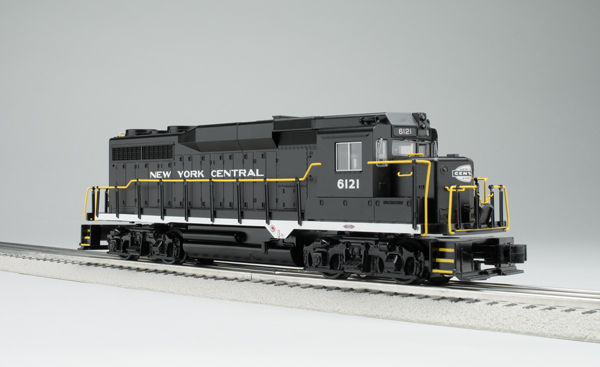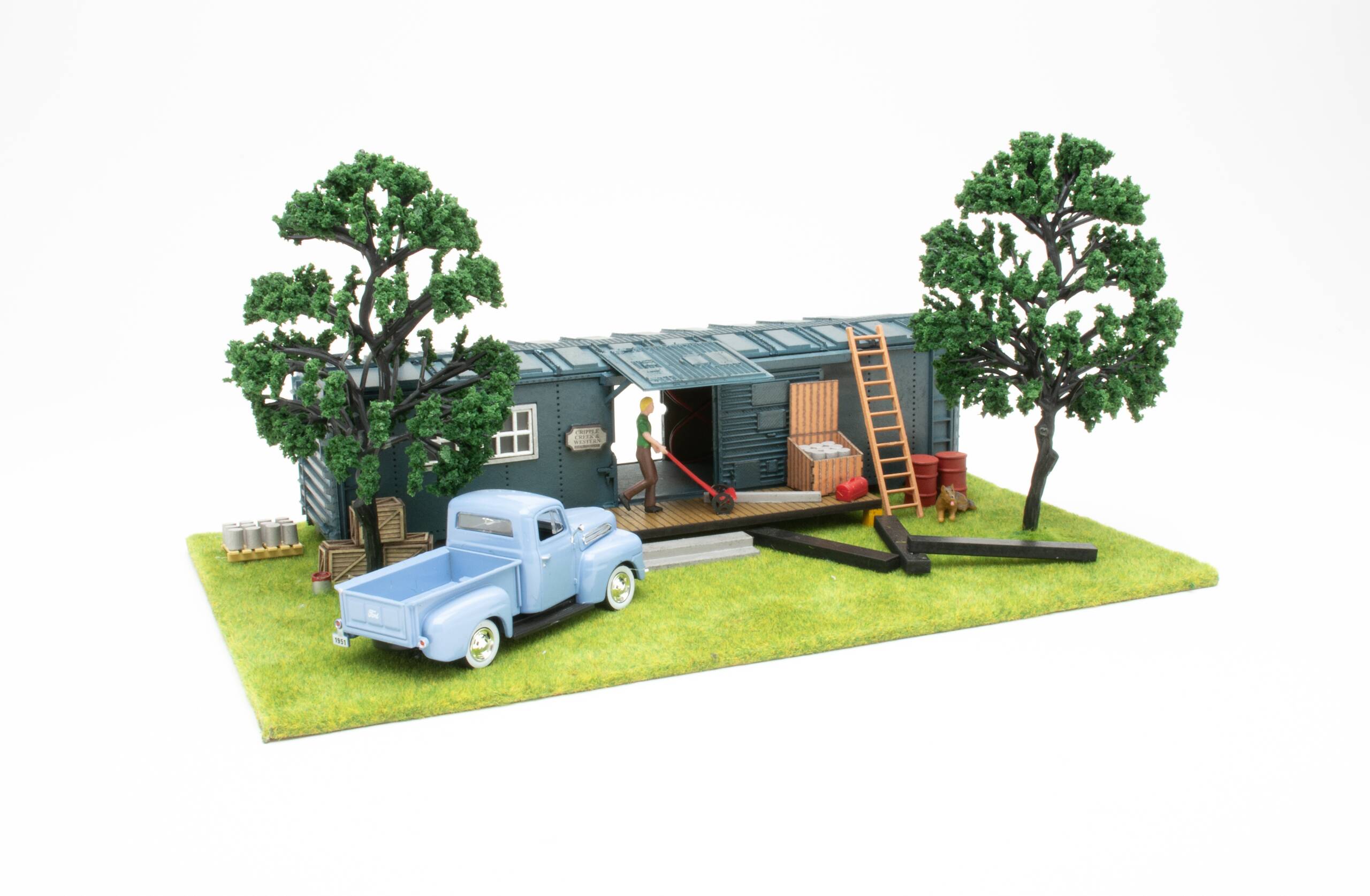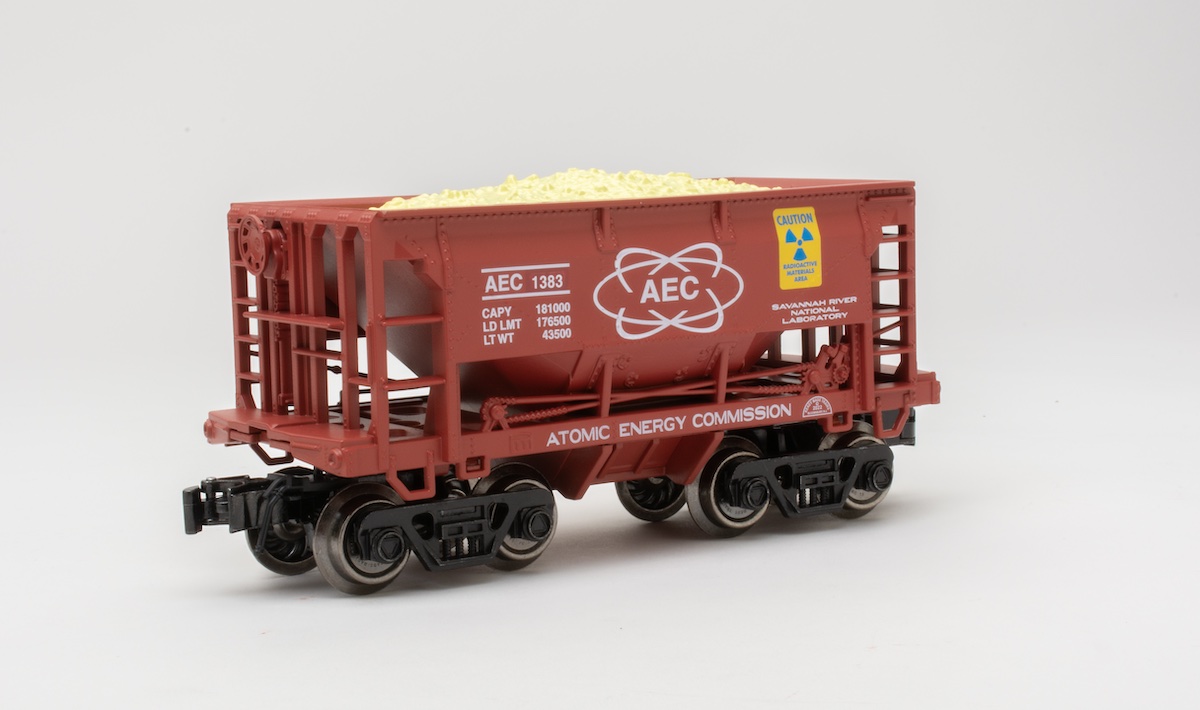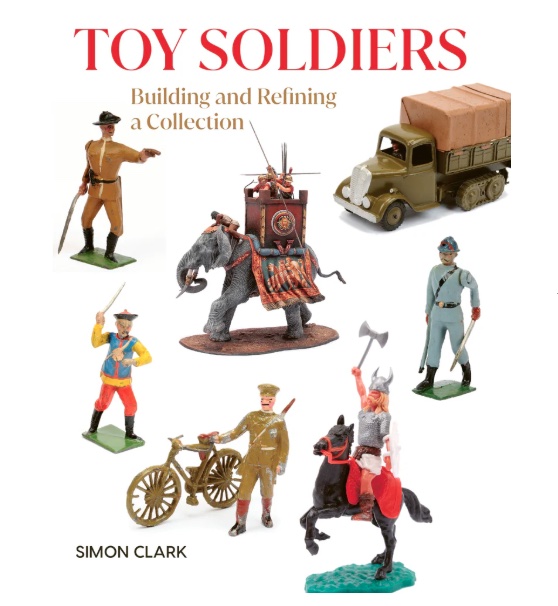There were more than 25 original operators, and the Union Pacific also ordered cabless B-unit versions. Thanks to reliability and to later rebuilds, GP30s lingered in service into the 21st century.
In late 2012, some GP30s were seen in a BNSF “funeral train” of locomotives en route to a Midwestern locomotive and parts company.
Opening the box
I was looking forward to this O gauge model after seeing a prototype displayed at a Train Collectors Association show for three reasons. First, because this is the first totally new diesel locomotive fielded under the Williams brand following Bachmann’s acquisition. Second, because of the new sound system installed in it. Third, because of the level of detail for the suggested retail price of $349.
Pulling the model out of the box, I wasn’t disappointed.
Two major design elements in the carbody differ from what we now recognize as EMD’s generic GP35, GP38, or GP40 style: the rounded (also called a “step down”) cab roof and the higher humpback roof line. These make the locomotive stand out when seen head-on or rolling by on a layout.
Where I might have been expecting stamped steel rails and cast-in grab irons, I found finely done handrails and add-on grab irons. The safety appliances were more distinctive because the New York Central painted them yellow.
The pilot is rather Spartan, though there are some cast-in lines that suggest an uncoupler arm. The sides of the pilot are a nice, clean rendering of an EMD truck side frame. The decks and running boards all have a tread pattern.
There is no interior cab decoration because the cab is occupied by a large can-style motor.
On the front deck there is a fold-down drawbridge and a yellow safety chain on the front and rear pilots.
The nose has two red marker lenses and grab irons going up on the engineer’s side. There are two grab irons on the front of the nose as well. A cast-in sand pipe can be found in the center of the snout, and on the fireman’s side is a cast-in brake air pump handle.
The cab is well executed, with add-on wiper arms on both forward- and rear- facing windows and two add-on horns (one on top of each side of the rounded roof). In the center is a twin-beam headlight assembly, just above the unit’s illuminated number boards.
The sides of the locomotive are terrific. There is ample cast-in seam, rivet, and latch detail with a three-dimensional texture that you can easily feel with your fingertips. The screens just behind the cab and on the long hood end are cast-in, but are deeply molded into the body for a realistic look.
The rear end of the locomotive has a headlight and add-on grab irons running up the fireman’s side of the body and a large, curved grab iron topside.
Painting and decoration were clean and evenly done throughout. The white stripe along the frame added a bit a class to an otherwise dark scheme. There are also some nice accents, such as builder’s plates and fuel/sight gauge accents. The only noticeable flaw was a spot or two of yellow paint on the pilot steps that didn’t totally cover the plastic.
On the test track
Motor operation was smooth and quiet. The conventional-only locomotive was quickly responsive to changes directed from our transformer.
Our low-speed average was 12.8 scale miles per hour, while our high-speed average was 121 scale miles per hour (and I suspect it could have gone higher).
Drawbar pull was 1 pound, 6 ounces.
Each truck has a single power pickup roller, and the distance between each roller is seven inches. You will find a run/lock switch on the underside of the frame, next to the fuel tank.
The sound package was very nice.
It captured the sounds of a diesel prime mover, revs, idles, and such. I liked the fact that you could hear a distinctive rev when increasing speed and an equally clear sound I’d dub a “wind-down” when cutting back on the speed. In short, the new sound system exceeded my expectations for a basic package.
The horn and bell were fine.
People familiar with the True Blast II horn from previous Williams locomotives may want to note that this horn wasn’t the accustomed automatic grade-crossing sequence (long, long, short, long) you get when you press the button. Now, you can blow the horn your own way.
I did think that the sound level was a bit low. When our sample got under way with cars in tow, the natural noise of the train tended to blot out everything but the horn. Figuring there was a volume control on the circuit board, I removed the shell to take a look.
Note: The instructions say there are four screws to remove to lift the shell. You actually need to remove eight.
The circuit board with what looks like a volume control (and the letters VOL next to it) is in a difficult-to-reach spot.
A second circuit board situated next to the sound board is held in place with a screw and has a clear plastic protector (presumably to isolate the board from contact with metal).
I needed to slide a long, thin screwdriver by another board to make contact with the control, but with the other board in place I’m not convinced I actually turned the control. I hesitated to remove the second board from its mounting.
Operators with older Williams locomotives may be pleased to learn the old lighting method of a giant light bulb in the cab is gone – circuit boards offer more precise illumination of the headlights and back lighting of the number boards.
The locomotive has operating thumbtack couplers on both ends.
I am very satisfied with the O gauge GP30. It looks good, the design catches the key reference points of the actual locomotive, it beefs up the Williams line with the True Blast Plus sound package, and it’s in a price range sure to please.
Features: O-31 operation, sound system, operating couplers














